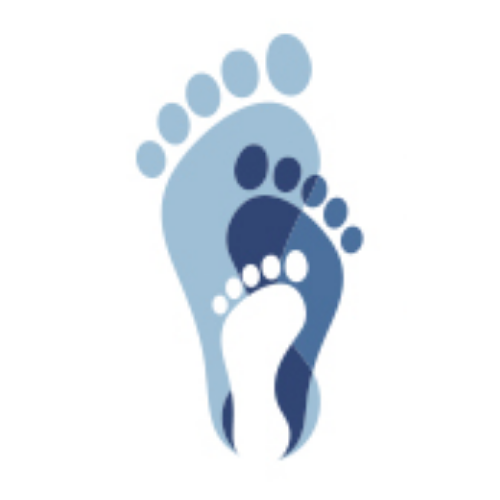Geelong and Ocean Grove Podiatrist, Amy Hawker, gives her tips on functional training and feet!
With so much focus on form, technique, recovery and equipment, it’s easy to forget that healthy feet are the linchpin to training success. No matter how many box jumps you can do, how fast you are or how on point your outfit is, sore feet makes it close to impossible to have a fun training session.
Each foot has 26 bones, 33 joints and more than 100 ligaments, muscles and tendons. If any of those are not functioning efficiently, you may begin to notice alignment issues elsewhere. This can influence your training goals so here are my top tips for keeping feet healthy while you workout.
#1 Shoes
The first step in injury prevention is to replace shoes frequently. Often, the number-one cause I see of injury is shoes that are past their prime. Estimations on how long gym shoes last vary, but as a guide, in the correct conditions should last between 500-1000km before they are compromised. Also, be sure to wear appropriate and supportive shoes when are not training.
It’s important to shop smart! If it is time to purchase new shoes be sure to find a store that analyse your gait, determine the best type of support, make sure the size is right and they know everything about which models work best for your feet.
If you need any shoe related help, we offer biomechanic and footwear assessments to help you find the best shoe!
#2 Talk to your coach and a Podiatrist
Foot pain is never normal. If you are suffering, it’s time to tell your coach and visit a podiatrist. For any pain from the knees and below, here at stance podiatry we can help from toenails, bunions, shin plan to heel pain and more. We can even help to prescribe preventative care to keep feet healthy. We will work with your coach to find a suitable program with modified activities to help you maintain or achieve your training goals.
#3 Socks Matter
You also need to pay attention to your sock size to purchase a pair that works for your foot. They shrink over time, wear thin and can lose their elasticity, all of which set feet up for blisters. Avoid 100 percent cotton socks, which hold fungus-friendly moisture, and plan to refresh your sock drawer at least once a season.
#4 Stretch
If you only make time to do one stretch a day! Here at Stance Podiatry we recommends the wall calf stretch as a starting point. As a podiatrist, most of the functional training clients we see have tight calves, which can be a cause for plantar fasciosis or heel pain. Do the stretch three times a day and hold for 90 seconds on each side.
Wall Calf Stretch: Stand about 2 feet away from a wall. Place the ball of your right foot against the wall and keep your right heel touching the ground. Lean into the wall while keeping your knee straight. This stretches your right calf as well as your toes and plantar fascia. Hold for 90 seconds. Repeat with your left foot.
If you’re still unsure about your feet and functional training, head to our website, call or email- as we’d love to help.
Amy Hawker
Email: Hello@stancepodiatry.com.au
Mobile: 0409 092 298
*If you’re looking for a functional training group in Ocean Grove- check out SCY 24/7. The classes are designed for strength, cardio, yogo and endurance. SCY 24/7 are huge advocates for not continuously overloading yourself too soon as that often leads to injuries. If you have any questions, or if you’d like to try our classes, please feel free to call Bridgey on 0457 404 335.

